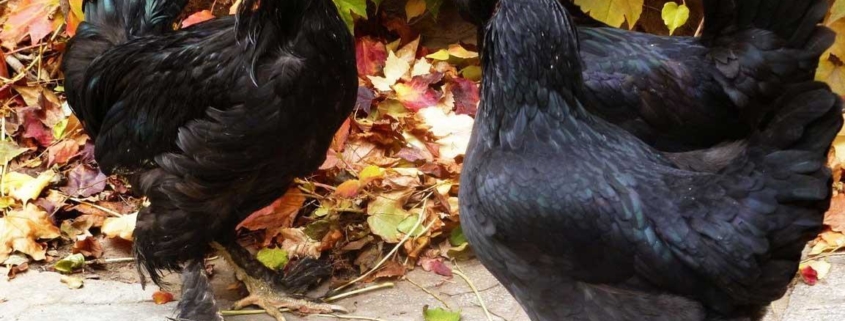Introduction to the layout characteristics of laying hens
A laying hen is identified by its appearance or anatomy. Generally a good laying hen has prominent active eyes and bright red and large crowns.
A laying hen is identified by its appearance or anatomy. Generally a good laying hen has prominent active eyes and bright red and large crowns. In a good laying hen, the yellow pigment that accumulates in the eyelid and beak legs is repelled shortly after the egg begins to hatch and these spots gradually become white. A non-laying hen has dark eyes and inactivated crowns and powdery mildews, eyelids and yellow beak. The feathers of a laying hen are translucent and soft, while in a laying hen the feathers are worn out and faded, losing their transparency due to the food they produce.
The laying hens have deep breasts of suitable length and width. The laying hens have medium volume and are slightly soft. Another way to distinguish laying hens from non-laying is to measure pelvic bones so that the distance between two bones of the pubis should not be less than three fingers. Meanwhile, the distance between the bones of the pubis and the ends of the sternum should not be less than four fingers. As the age increases and the rate of laying decreases, the distance between the bones and the sternum decreases. There are several indicators to distinguish laying hens from non-laying hens. In addition, there are indicators for identifying laying hens with continuous production of laying hens with short-term production.
In breeds such as Leghorn where yellow matter is stored in different parts of the body, including the beak of the eyelid and around the anus, the amount of color depends on the amount of carotene and xanthophyll in the ration as well as the time of testing to remove the chicken. If the egg lay is high 2 to 3 months after egg laying, these spots appear white because the yellow material is removed through the egg. The rate at which these substances are excreted depends on the blood flow in those areas, and the areas with higher blood flow become whiter faster, and this property is used to distinguish good laying hens from bad or laying hens from non-laying. . The lower the yolks of the legs and beaks, the greater the egg laying power, and the opposite of the yellowing in these areas is a sign of low egg laying. Another highlight of the life and freshness of the laying hen is the chicken.
Appearance characteristics of the best breed of laying hens of Iran
The Marandi black chicken with a compact body has a feathery appearance in the legs, legs, beard, and black winged Peru, and also has a gray beak, medium beard and red beard.





Leave a Reply
Want to join the discussion?Feel free to contribute!